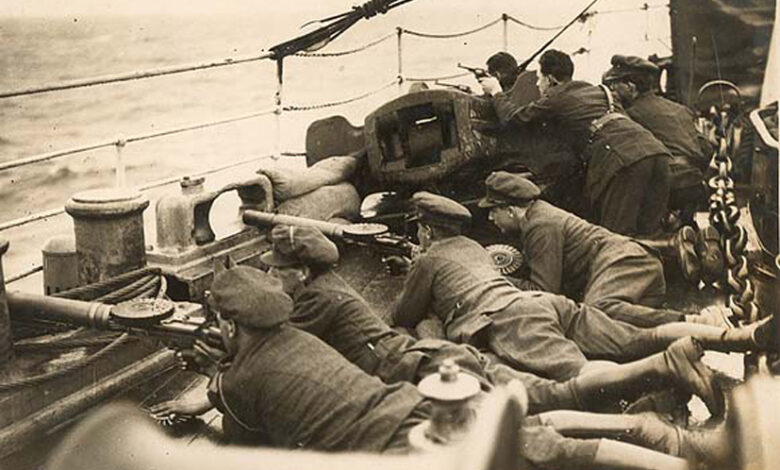What You Should Know About Irish Civil Records

Irish civil registration records of births, marriages and deaths are vital for family historians. The indexes can be accessed free of charge (within data protection parameters) through websites online. Civil registration began in Ireland on 1 January 1864 (non-Catholic marriages recorded from 1845). Registers were created by local registrar districts based on Poor Law Union divisions.
Births
The first Irish non-Catholic weddings were recorded in 1845, and the registration of Ireland birth records, marriages, and deaths through civil means started in 1864. Before this, children’s arrival was recorded only by baptism or christening, and documents often needed to be included or completed. In the early years of civil registration, up to 15% of births went unregistered, particularly in rural areas where a day’s trek could be required to get to a registration office. At the start of civil registration, the country was divided into Superintendent Registrar’s Districts, which largely followed the boundaries of the Poor Law Unions that were established in the 1830s to administer poor relief. These districts frequently crossed county borders so that a record might be found in a different county than that of the child’s place of birth. Hospital births now accounted for over 99% of Irish births in 2020, whereas domiciliary deliveries continue to account for around 5%. The former includes home births and other births in locations other than hospitals.
Marriages
While civil registration was introduced in Ireland in 1864, most marriages before that date were recorded in parish registers. These records can be invaluable to those researching Irish ancestry. For a couple to get married in Ireland in the 1800s or earlier, both sides had to agree to marry someone of the opposite sex and to marry within their religious faith (Catholic dispensation was available but was not always adhered to). Fortunately, these strict rules have helped keep many early Irish marriage records in good condition.
In addition, a female witness was required to be a member of the bride or groom’s religion – which could help you locate her family members later. The bride and groom were also required to declare their ages on the marriage certificate – this may prove tricky for modern researchers trying to decipher old handwriting! The ages were often recorded as ‘full age’ – over 21. Knowing your ancestor’s location is necessary to explore Irish civil marriage records.
Deaths
The civil registration of deaths in Ireland began in 1864 and is a vital source for family historians. This page deals with records created since then, although church records (e.g., burial transcripts and headstone transcriptions) are an important complement to these. State death records provide the date and place of death; name and surname; sex; age at the time of death; occupation; status; signature of the informant (often the same person who signed for the birth, marriage or death) and residence. They also usually list any property the deceased owned and may list any debts, with the property’s value being stated in terms of real’ and ‘personal’ possessions.
One irritant in older state death registers is the tendency for the stated age of a deceased person to be wildly wrong, particularly in the years before 1908. It may be down to vanity or a desire to ‘get one over on the authorities. However, it is probably a more general problem across all registration districts (these were based on 160 medical dispensary districts and often crossed county boundaries). Despite these problems, the set of death records is considered reasonably comprehensive for Irish research since the last quarter of the 19th century.
Adoptions
The Irish government has recently introduced a service to allow adopted people to search for information about their birth families. Activists say it’s an important step in confronting a national legacy of shame that separated thousands of women and children from their parents. Adoptions are recorded in the Register of Intercountry Adoptions, administered by Tusla, the national adoption service. A certified copy of an entry, which can be used for legal or administrative purposes, costs EUR20. It’s available through the Registrar General’s Office. Intercountry adoption involves a child being legally adopted by an adoptive parent who lives outside Ireland. The State recognizes the adoption only if the foreign country has ratified the Hague Convention. A child can only be adopted this way if the birth mother or guardian consents. If they do not, it’s necessary to get a court order. Domestic adoption is when a couple adopts a child who’s resident in Ireland, either from Tusla or an accredited adoption agency. There are different types of domestic adoption, including step-parent adoption and long-term foster care adoption. More information on the various types of domestic adoption is available on the Adoption Authority’s website. The site also has links to the countries that have ratified the Hague Convention. It allows the Irish adoption system to exchange information about a child with other nations’ adoption services.



